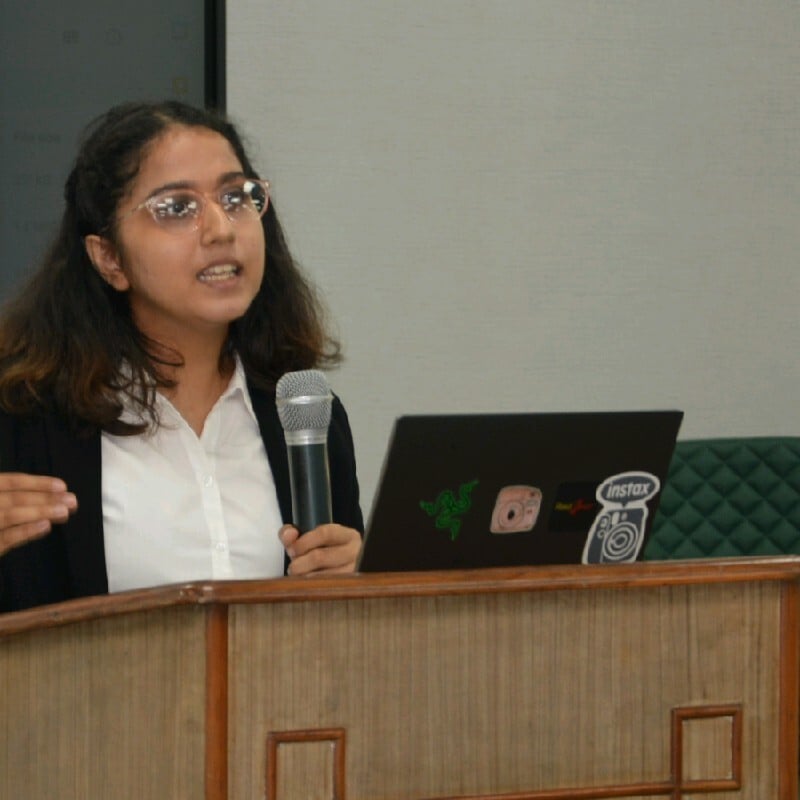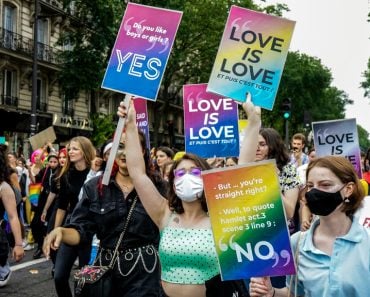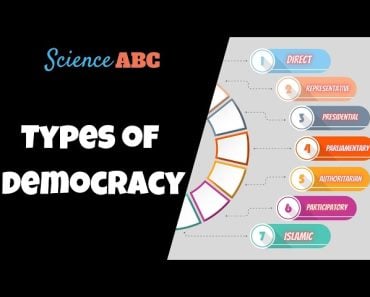Feminism, evolving through three (or four) waves, represents a progressive journey towards gender equality, and has been marked by shifts in focus.
Feminism, as an ideology and movement, has undergone a significant evolution over the past century. The concept has transformed through various phases, each marked by distinct objectives, challenges, and achievements.
Feminism’s journey is often categorized into three waves, each building upon the achievements and addressing the limitations of its predecessor. This article delves into the essence of each wave, tracing its origins, highlighting its major themes, and examining its contributions to advancing gender equality.
Recommended Video for you:
First Wave Feminism: Pioneering Equality And Suffrage
The first wave of feminism emerged in the late 19th and early 20th centuries, primarily in Western societies. Its main focus was on securing legal rights for women, particularly in the realms of property ownership and suffrage. At its core, first-wave feminism sought to challenge the societal norms dictating “proper” behavior and legal structures that relegated women to inferior positions.
One of the pivotal events of this wave was the Seneca Falls Convention of 1848, where activists like Elizabeth Cady Stanton and Susan B. Anthony advocated for women’s suffrage and issued the Declaration of Sentiments, which outlined the injustices faced by women. The movement gained momentum over the subsequent decades, leading to significant milestones, such as the passage of the 19th Amendment in the United States, granting women the right to vote in 1920.
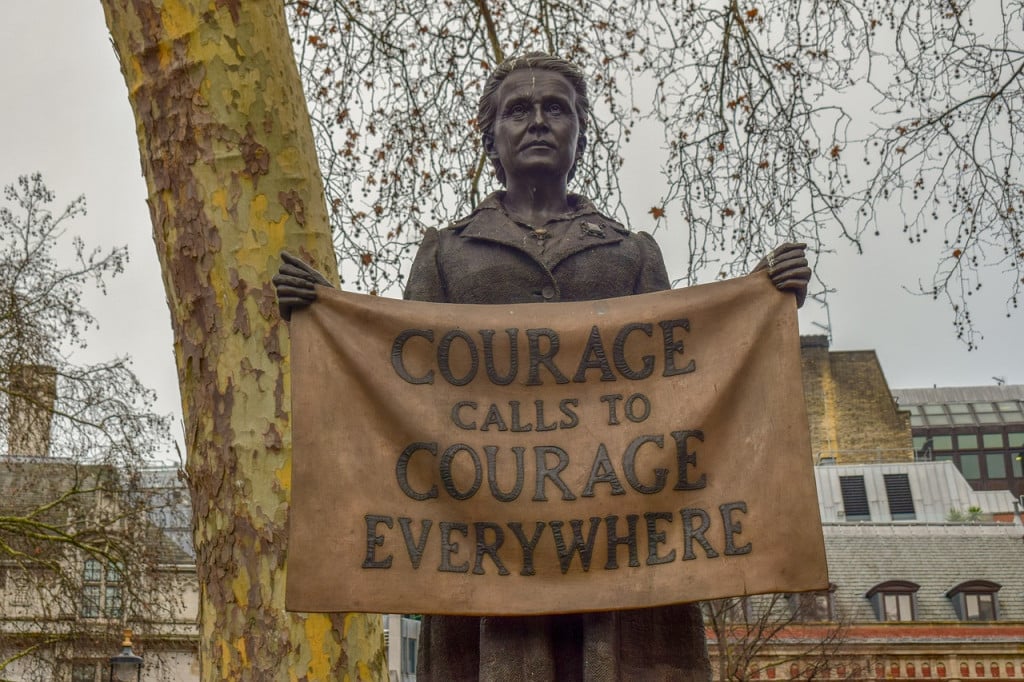
First-wave feminists also addressed issues such as access to education and employment opportunities, albeit with varying degrees of success. While the achievements of this wave were groundbreaking, it was criticized for its narrow focus on the concerns of white, middle-class women, often side-lining the struggles of marginalized communities.
Second-Wave Feminism: Challenging Patriarchy And Cultural Norms
The second wave of feminism emerged in the 1960s and lasted through the 1980s, marking a period of increased activism and consciousness-raising. Unlike its predecessor, second-wave feminism addressed a broader range of issues beyond suffrage, including reproductive rights, workplace discrimination, and sexual liberation.
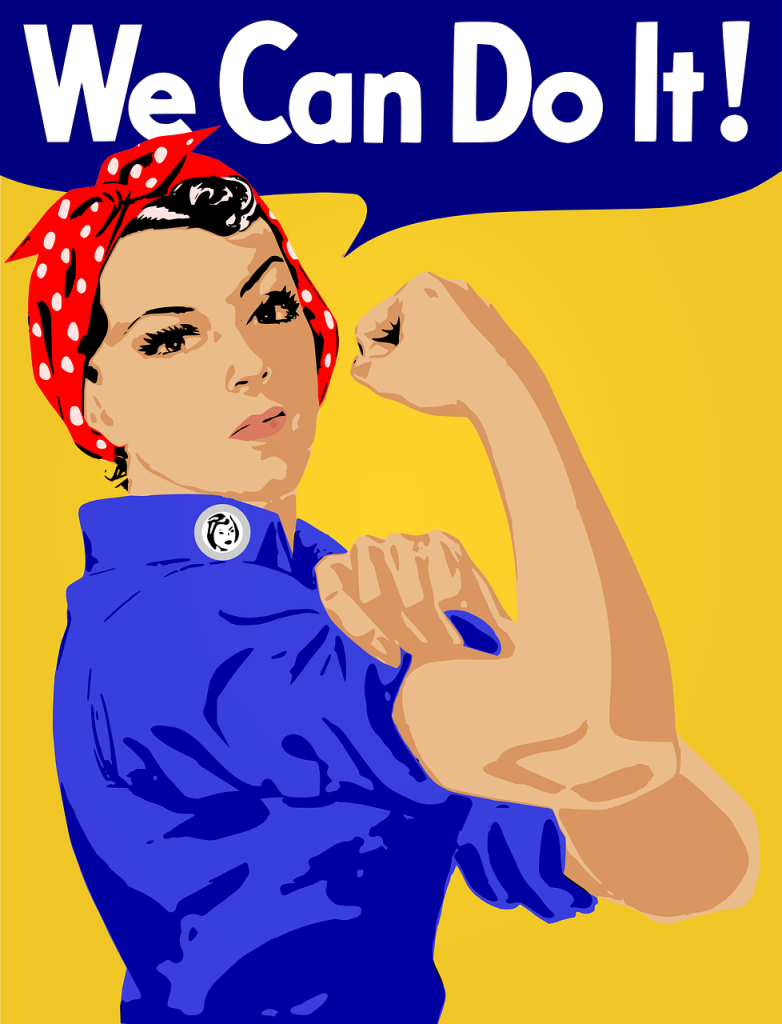
Betty Friedan’s ground breaking book, “The Feminine Mystique,” published in 1963, played a pivotal role in shaping the discourse of second-wave feminism. Friedan challenged the traditional notion of womanhood perpetuated by post-World War II suburban culture, arguing that women were confined to narrow roles as homemakers and mothers, devoid of opportunities for personal fulfillment outside the domestic sphere.
Simone de Beauvoir’s “The Second Sex” also had a profound impact on second-wave feminist thought, even though it came out before the wave. Beauvoir’s exploration of the social construction of gender and the ways in which women are “othered” in patriarchal societies laid the groundwork for feminist theories of gender and oppression. Her assertion that “one is not born, but rather becomes, a woman” challenged essentialist views of gender and highlighted the role of socialization in perpetuating inequality.
These influential texts, along with others like Kate Millett’s “Sexual Politics” and Germaine Greer’s “The Female Eunuch,” sparked debates about women’s oppression and the ways in which it intersected with other forms of oppression, such as race, class, and sexuality.
Second-wave feminists argued that gender inequality could not be understood in isolation from other forms of oppression, and they sought to forge connections with other social justice movements to address these intersecting systems of power.

Second-wave feminism also achieved significant legislative victories, such as the legalization of abortion in many countries and the enactment of anti-discrimination laws. However, it faced criticism for its exclusionary practices and lack of inclusivity, particularly regarding the experiences of women of color, LGBTQ+ individuals, and working-class women.
Third-Wave Feminism: Embracing Diversity And Intersectionality
The emergence of third-wave feminism in the 1990s marked a significant shift in feminist activism and theory, characterized by a more inclusive and intersectional approach to addressing gender inequality. Building on the foundations laid by its predecessors, third-wave feminism sought to navigate the complexities of gender and identity in an increasingly globalized world.
One of the defining features of third-wave feminism is its emphasis on intersectionality, which recognizes that individuals may experience oppression along multiple axes, including race, class, gender identity, sexual orientation, disability, and more. This acknowledgment of intersecting oppressions is crucial in understanding the complexities of privilege and marginalization, and in crafting inclusive and effective feminist praxis.

Third-wave feminists aim to amplify the voices of marginalized communities and center their experiences in feminist discourse and activism, challenging the notion of a monolithic feminist movement and striving for greater inclusivity.
Unlike previous waves, which primarily relied on traditional forms of activism, such as protests and consciousness-raising groups, third-wave feminism embraces a diverse range of mediums and tactics to challenge gender norms and advocate for social justice. Social media platforms, in particular, have become powerful tools for amplifying marginalized voices.
Pop culture also plays a significant role in third-wave feminist activism, with feminists using film, music, literature, and other forms of media to challenge stereotypes, promote body positivity, and critique patriarchal norms.
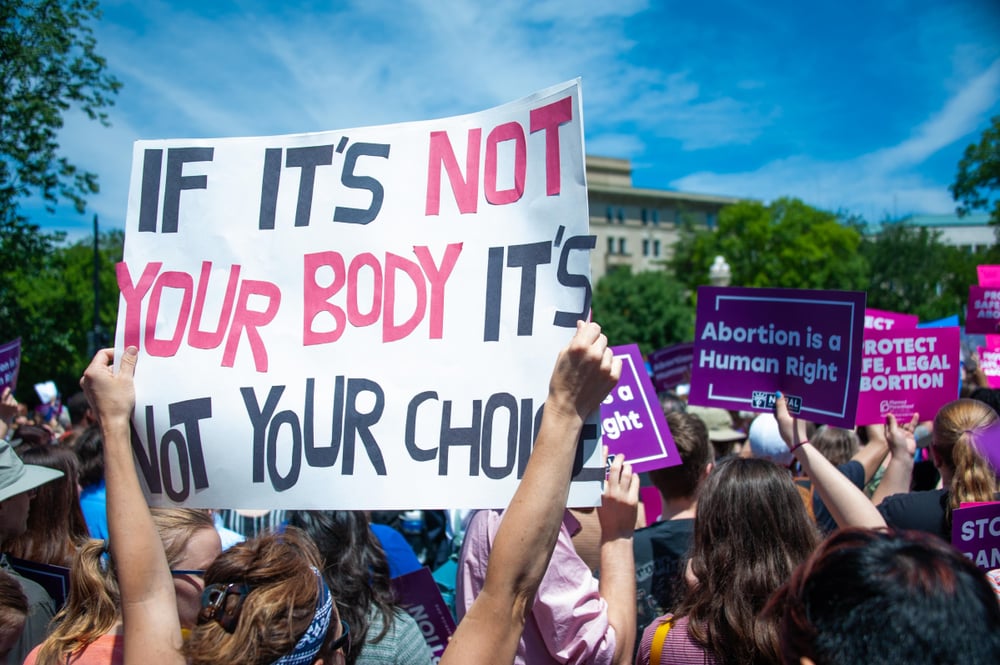
A Fourth Wave?
A debated fourth wave of feminism, emerging in the early 21st century, represents the latest evolution of the feminist movement, leveling up in response to contemporary landscapes. (Source)
This iteration is characterized by its digital activism, leveraging online platforms and social media to organize, mobilize, and raise awareness about feminist issues. Hashtags like #MeToo and #TimesUp have become powerful tools for survivors to share their experiences, hold perpetrators accountable, and advocate for systemic change.
Fourth-wave feminism takes on a global perspective, recognizing that gender inequality is a pervasive issue that affects individuals and communities worldwide. Activists work to amplify the voices of women and gender minorities from diverse cultural, ethnic, and geographic backgrounds, working for their reproductive rights and opportunities in the workplace and the broader world.
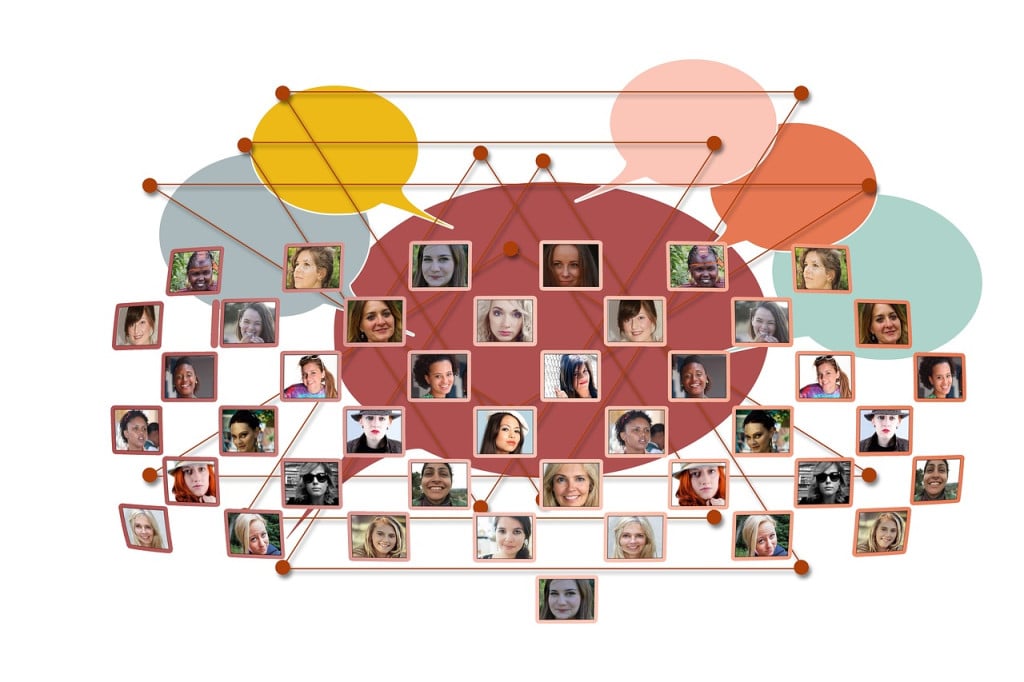
They also focus on body-shaming and rape culture as symptoms of a patriarchal world, fundamentally working against the interests of women.
Conclusion
The three waves (or four, depending on whom you’re asking) of feminism represent a continuum of progress toward gender equality, each building upon the achievements and addressing the limitations of its predecessor.
While the first wave focused on legal rights and suffrage, the second challenged cultural norms and patriarchal structures. The third wave embraces diversity and intersectionality, recognizing the complexities of gender and identity in contemporary society.
Despite their differences, all three waves share a common goal: to dismantle systems of oppression and create a more just and equitable world for people of all genders. As feminism continues to evolve, it remains a vital force for social change, inspiring future generations to strive for equality and justice.
References (click to expand)
- Defining 4th Wave Feminism - UW Tacoma Digital Commons.
- Three Waves of Feminism.
- Snyder, R. C. (2008, September). What Is Third‐Wave Feminism? A New Directions Essay. Signs: Journal of Women in Culture and Society. University of Chicago Press.
- Mohajan, Haradhan. "Four waves of feminism: A blessing for global humanity." (2022): 1-8.

